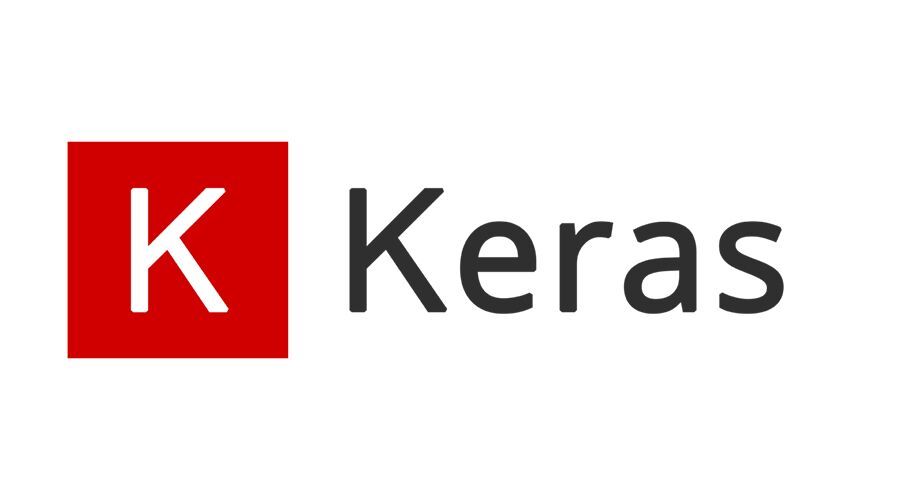
import tensorflow as tf
from tensorflow import keras
import numpy as npTokenizer : 文本到序列的映射1
- fit_on_sequence
- fit_on_texts
- get_config
- sequences_to_test ....
from tensorflow.keras.preprocessing.text import Tokenizer
# 导入文本数据
with open("shakespeare.txt",'r',encoding='utf=8') as f:
text = f.read()
print(text[:100])
First Citizen:
Before we proceed any further, hear me speak.
All:
Speak, speak.
First Citizen:
You
# 初始化 tokenizer,oov_token是指语料库中不存在的单词,这里假定所有不存在的单词都为<unk>
tokernizer = Tokenizer(char_level=False,oov_token='<unk>')
# 在给定的语料库中训练,之后tokernizer能够映射任意给定的文本到序列
tokernizer.fit_on_texts([text])
sequences = tokernizer.texts_to_sequences(["Before we proceed any further, hear me speak."])
print(sequences)
sequences = tokernizer.texts_to_sequences(["First Citizen:"])
print(sequences)
sequences = tokernizer.texts_to_sequences(["Hello world and hi"])
print(sequences)
[[140, 36, 970, 144, 669, 128, 16, 103]]
[[89, 270]]
[[1, 187, 3, 1]]
# tokenizer.word_index 用来查看 tokenizer 中 token被编码的序号
tokenizer.word_index
one_hot :文本到序列的映射2
from tensorflow.keras.preprocessing.text import one_hot
# 参数 n 是vocab_size,字典大小,应当尽可能大,否则会出现两个单词相同映射的情况
one_hot("Before we proceed any further ha",n=128)
[4, 106, 102, 87, 62, 96]
# 这里出现了 we 和 any 映射出的整数相同。
one_hot("Before we proceed any further ha",n=10)
[8, 9, 2, 9, 2, 8]text_to_word_sequence : 分词工具
from tensorflow.keras.preprocessing.text import text_to_word_sequence
print(text_to_word_sequence("Before we proceed any further, hear me speak.First Citizen:You"))
['before', 'we', 'proceed', 'any', 'further', 'hear', 'me', 'speak', 'first', 'citizen', 'you']pad_sequences : padding工具
这个API是NLP的利器,大多数模型要求序列长度固定,但我们知道文本中sentence的长度不是固定的。因此我们就需要这个API对序列的长度进行padding或者truncating
'''
tf.keras.preprocessing.sequence.pad_sequences(
sequences, maxlen=None, dtype='int32', padding='pre',
truncating='pre', value=0.0
)
'''
t1 = tf.constant([[1,2,3,7,8],[1,2,5,7,8]])
t1
<tf.Tensor: id=0, shape=(2, 5), dtype=int32, numpy=
array([[1, 2, 3, 7, 8],
[1, 2, 5, 7, 8]])>
# 默认 padding='pre',在前方填充,默认value=0.0,使用0值填充
keras.preprocessing.sequence.pad_sequences(t1,maxlen=7) # 将t1 填充至(2,7)
array([[0, 0, 1, 2, 3, 7, 8],
[0, 0, 1, 2, 5, 7, 8]])
# 指定 padding='post',在后方填充
keras.preprocessing.sequence.pad_sequences(t1,maxlen=7,padding='post')
array([[1, 2, 3, 7, 8, 0, 0],
[1, 2, 5, 7, 8, 0, 0]])
# 使用指定值填充
keras.preprocessing.sequence.pad_sequences(t1,maxlen=7,padding='post',value=1)
array([[1, 2, 3, 7, 8, 1, 1],
[1, 2, 5, 7, 8, 1, 1]])
# truncating='pre' 当序列长度超过maxlen参数,会从前方截断,post则从后方截断
keras.preprocessing.sequence.pad_sequences(t1,maxlen=3,truncating='post')
array([[1, 2, 3],
[1, 2, 5]])to_categorical : 类别标签一键one_hot
在实际应用中,我们经常需要将类别标签y进行 one_hot 编码,to_categorical函数很好地解决了这个问题
from tensorflow.keras.utils import to_categorical
y = [0,0,3,5,1,4,2,2,1]
to_categorical(y)
array([[1., 0., 0., 0., 0., 0.],
[1., 0., 0., 0., 0., 0.],
[0., 0., 0., 1., 0., 0.],
[0., 0., 0., 0., 0., 1.],
[0., 1., 0., 0., 0., 0.],
[0., 0., 0., 0., 1., 0.],
[0., 0., 1., 0., 0., 0.],
[0., 0., 1., 0., 0., 0.],
[0., 1., 0., 0., 0., 0.]], dtype=float32)
# 指定 class 的数量
y = [0,0,3,5,1,4,2,2,1]
to_categorical(y,num_classes=8)
array([[1., 0., 0., 0., 0., 0., 0., 0.],
[1., 0., 0., 0., 0., 0., 0., 0.],
[0., 0., 0., 1., 0., 0., 0., 0.],
[0., 0., 0., 0., 0., 1., 0., 0.],
[0., 1., 0., 0., 0., 0., 0., 0.],
[0., 0., 0., 0., 1., 0., 0., 0.],
[0., 0., 1., 0., 0., 0., 0., 0.],
[0., 0., 1., 0., 0., 0., 0., 0.],
[0., 1., 0., 0., 0., 0., 0., 0.]], dtype=float32)KeyValueTensorInitializer & StaticVocabularyTable : 类别映射到索引
vocab = ["Up",'Down','Left','Right'] # 词汇表,所有可能的类别的列表
indices = tf.range(len(vocab),dtype=tf.int64) # 词汇表索引的张量
table_init = tf.lookup.KeyValueTensorInitializer(vocab,indices)
num_oov = 3
table = tf.lookup.StaticVocabularyTable(table_init,num_oov) # 查找表
# 创建了查找表之后,我们就可以对任意的类别进行索引编码
categories = tf.constant(['Down','Down','Right','Up','Up','Unknown'])
table.lookup(categories)
<tf.Tensor: id=167, shape=(6,), dtype=int64, numpy=array([1, 1, 3, 0, 0, 6], dtype=int64)>




















 626
626











 被折叠的 条评论
为什么被折叠?
被折叠的 条评论
为什么被折叠?








